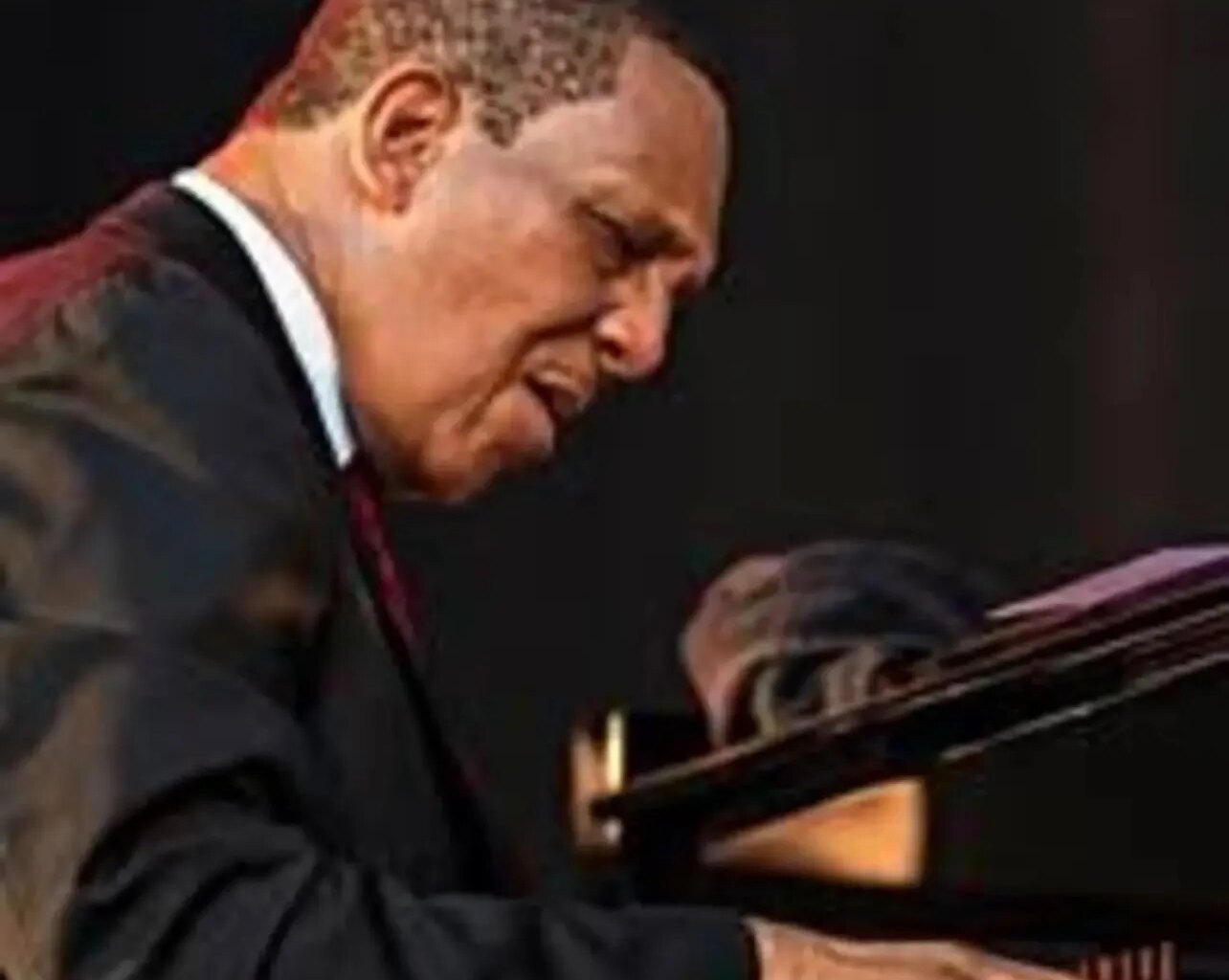Danny Mixon holds the distinction as being one of the few famous jazz musicians born and raised in Harlem. He was a member of Art Blakey and the Jazz Messengers, an innovative group often described as jazz bootcamp or the Art Blakey jazz academy. Mixon’s piano-accented groups were led by Grant Green, Dee Dee Bridgewater, Pharoah Sanders, and Joe Williams, and his sound was steeped in the big bands of Charles Mingus, and Lionel Hampton.
On October 25, Mixon appears with his Quintet at Sistas’ Place, Brooklyn’s jazz oasis (456 Nostrand Avenue). His longtime working band features bassist Bryce Sabastien, tenor saxophonist Gene Ghee, drummer Earl Grice, and his vocalist and collaborator Antoinette Montague.
His varied music associations and reputation speak for themselves, but for the record, he will be playing swing from the American Songbook “along with some straight-ahead, Leon Thomas, and a little of everything else,” Mixon said in a phone call with the AmNews. Two shows, at 8 p.m. and 9:30 p.m.; for reservations, call 718-398-1766, and visit sistasplace.org for more info.
Not too long ago, Dizzy’s jazz club premiered the official performance of the collaborative trio LoJo Watts with alto saxophonist and composer Logan Richardson, bassist Joe Sanders, and drummer Jeff “Tain” Watts. They played beyond straight-ahead jazz borders as one should expect in a piano-less configuration similar to those inventive trios led by Sonny Rollins. Logan noted that LoJo Watts is bringing honor and recognition to the trio artform and its rich history.
Each artist, a visionary in their own right, filled the evening with absorbing twists and turns, explosive melodies from Watts, deep expressive tones from Sanders, and inventive riffs from Logan, blending it all into an unexpected transformation of sound. Like Logan’s group SHIFT, LoJo Watts is also answering the question with a prominent yes: New music can be found in jazz. The trio understands the concept of space. Overtones from previous notes linger and ring out in their open space. “The trio opens up for overtones responding in a harmonic space,” explained Logan. Their music is improvisational, moving, and provoking.
Logan and Sanders met at the New School. Logan said their music connection was spontaneous: “He was the first bassist I took on tour.” Watts, the elder of the collaborative force, is a multi-Grammy award-winner with an illustrious career spanning over two decades as a resourceful bandleader, composer, and first-call drummer.
Watts becoming a trio was partially serendipity. The original trio was LoJo Brown, referring to drummer Justin Brown, but due to other commitments, he wasn’t able to remain. Logan had met Watts on many occasions on the road, which led to Watts joining the band. “The trio continuity is cool, but the name will always be an amalgamation of whatever,” said Logan.
For Dizzy’s, LoJo Watts seemed somewhat out of their jazz sphere, but their progressive expeditions into the deeper side of jazz are always welcome. Keep an ear open for more LoJo Watts.
As an avid swimmer, trombonist, and composer Craig Harris fully understands the specific breathing technique required for each. However, over the years, breathing, or rather the concept “breathe,” became a loud shout — a one-word impatient anthem for justice. After the fatal shooting of Michael Brown in Ferguson, Missouri, in 2014, followed by the killing of Eric Garner in New York and the murder of George Floyd in police custody, Harris was compelled to compose “Breathe,” a work for an ensemble of 20 brass and percussion musicians.
This past summer, Harris took on a most ambitious project: He assembled a 50-piece big band who performed “Breathe” at Waryas Park in Poughkeepsie, NY. The spectacular performance was free and open to the public (in association with Harris and Greer Smith of TransArt, Inc.). The park was filled with local community folks and NYC jazz hipsters. Some all-star band members included Jay Rodriguez, Dick Griffin, Bob Stewart, and Scott Robinson. “‘Breathe’ is a concept of unification. Assembling the 50 pieces was to bring the music community together — getting a united front,” said Harris.
The trombonist comes from a tradition of using art as a cultural catalyst to help promote social change. His musical journey is integrated into his community activism. “‘Breathe’ is a sonic statement in response to the long-term and current injustices inflicted upon African-American people. ‘Breathe’ is offered to support the community in staying resilient and persistent in fighting for justice,” said Harris. “In life as African Americans, we breathe through bigotry, bondage, brutality, and BS. Now, under this totalitarian government, we have to breathe in liberty and humanity.”
Like this:
Like Loading…
Related

